Is It Easy to Create an Ico
How many times have you conducted an ICO development? How many times have you succeeded in it? Whether you are a newbie in this process or an expert, whether you grew in it or not, you indeed think of preparations and steps on the way to launch an ICO so it will more likely win the fundraising competition.
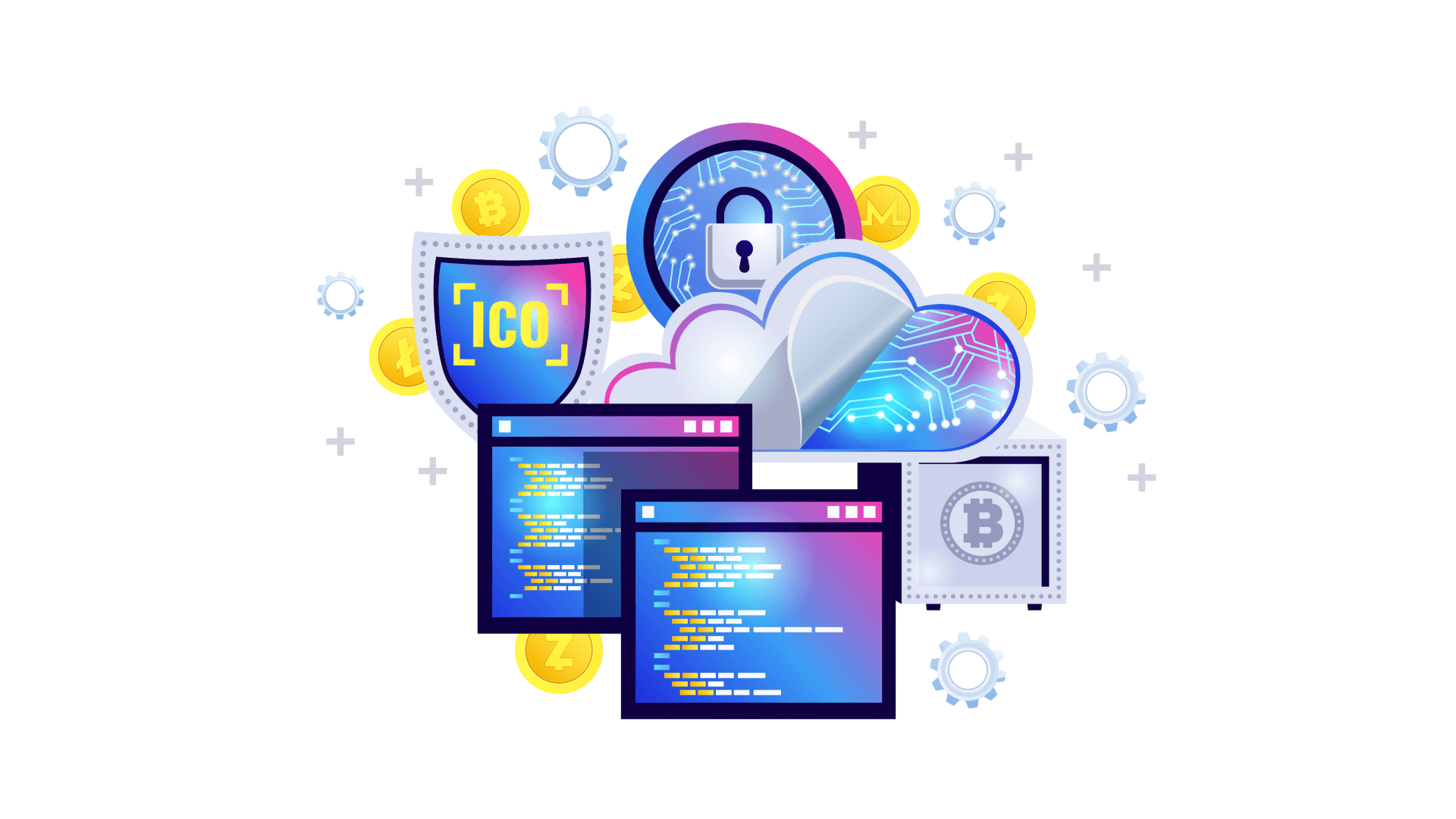
The explosive growth of token sales made an ICO launch a win-win for entrepreneurs and developers scaling businesses or starting new ventures in the crypto ecosystem.
Although most ICOs have taken place on Ethereum, the first known token sale — Mastercoin — was held in July 2013 on the Bitcoin network. Ethereum, in turn, also was an ICO in the summer of 2014, raising 3,700 BTC in its first 12 hours. At that time, fortunate investors bought ether tokens for just 0,31$, and now it costs more than 3,500$.
Another project — 'NEO' or 'Chinese Ethereum' — comes to mind. This ICO was supported by the Chinese government and major companies like Microsoft, Alibaba, and other giants. The initial token price started with 3$, and once it went up to 180$. However, in September 2021, the NEO asset was traded at 40$.
And though ICO development has many benefits over traditional fundraising, an ICO launch might be pretty challenging without deep and thorough preparation.
If you are into ICO development, you will find this piece helpful. In today's article, OpenGeeksLab will route you through the most common questions: from developing to launching an ICO. Let's dive in.
Definition of an ICO and Its Types

An initial coin offering (ICO) is a popular fundraising method that involves selling digital assets to raise funds for your blockchain-based project. You can develop crowdfunding by yourself or use an ICO services company.
Let's imagine you are thinking of selling decentralized cloud storage, which consumers can use for verification and defending information by scattering it worldwide. It will help lower the strain on individual servers and ensure that customer information is unavailable to anyone but them. So you have got an idea, and now you need funds for making it real.
In traditional fundraising, you might use a regular crowdfunding platform. But if you create an ICO, you sell particular digital assets you are to use on special listings. The more your venture is in demand and grows, the more token value raises, thus rewarding investors.
Initial coin offerings can be private or public. See the difference below:
- Private ICO is answering its name since the limited number of investors may attend fundraising. Only several approved net-worth personalities or financial institutions can participate.
- Public ICO is funding where the general public may be involved, and almost everyone can participate as an investor. But according to regulatory concerns, public ICOs are less popular compared to private offerings.
Now that you know the basics, it's time to find out how ICO services function. With all that in mind, it would be easier for you to choose the best option for your future token sale.
The Way ICO Fundraising Works
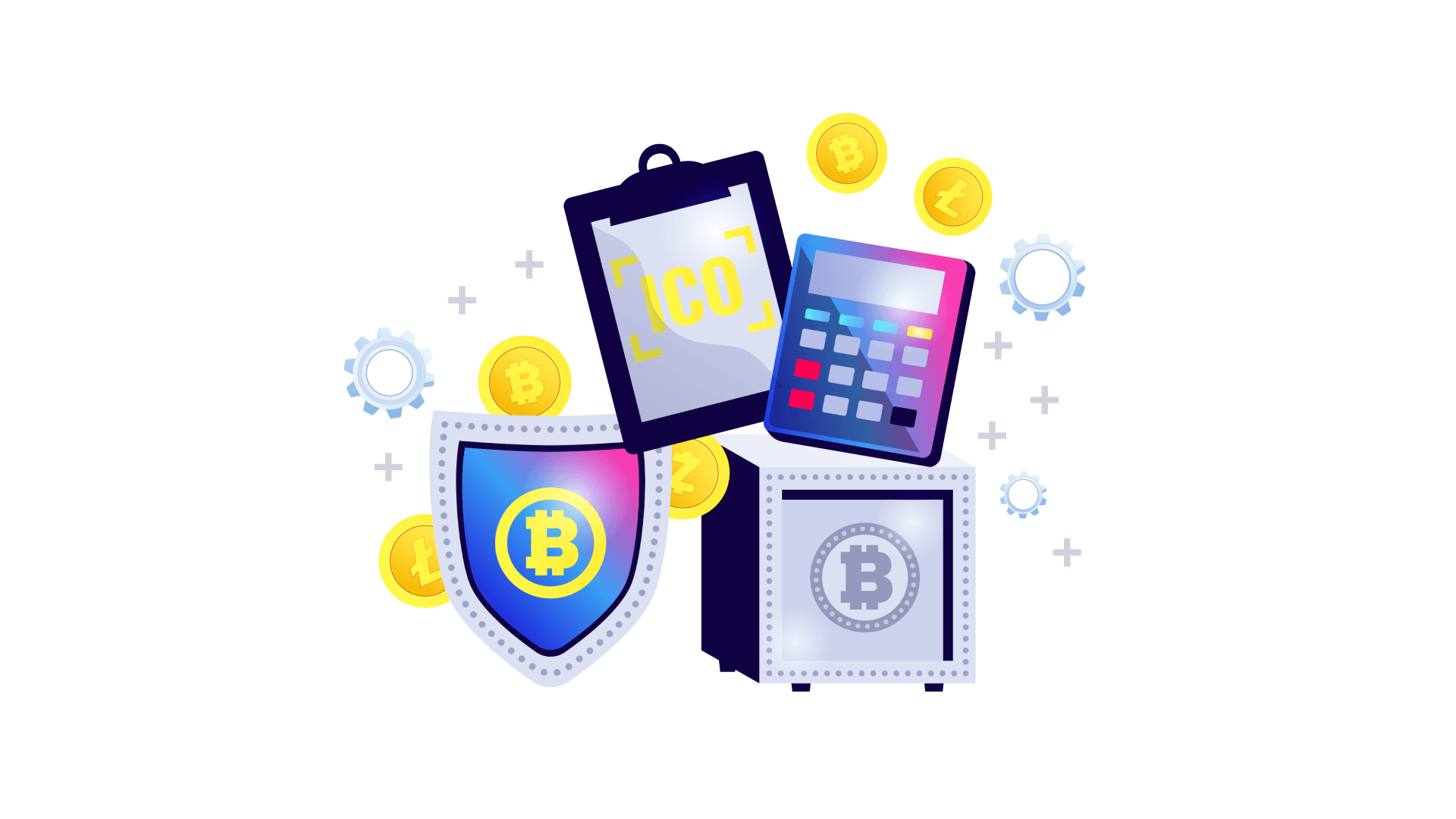
Unlike stocks that provide equity in a company, tokens don't. If investors acquire some of your initial coin offering assets, they get a part of a service that your company created. In ICO development, you develop tokens using blockchain platforms like Ethereum, allowing for ICO token development with minimum code changes.
When ICO is established, you can trade tokens for cryptocurrencies or exchange them for fiat money.
A token sale is a relatively new process; thus, many tricky nuances are connected to its decentralized nature. It requires a thought-out strategy to manage an initial coin offering successfully.
Laws and Regulations Behind ICO Development
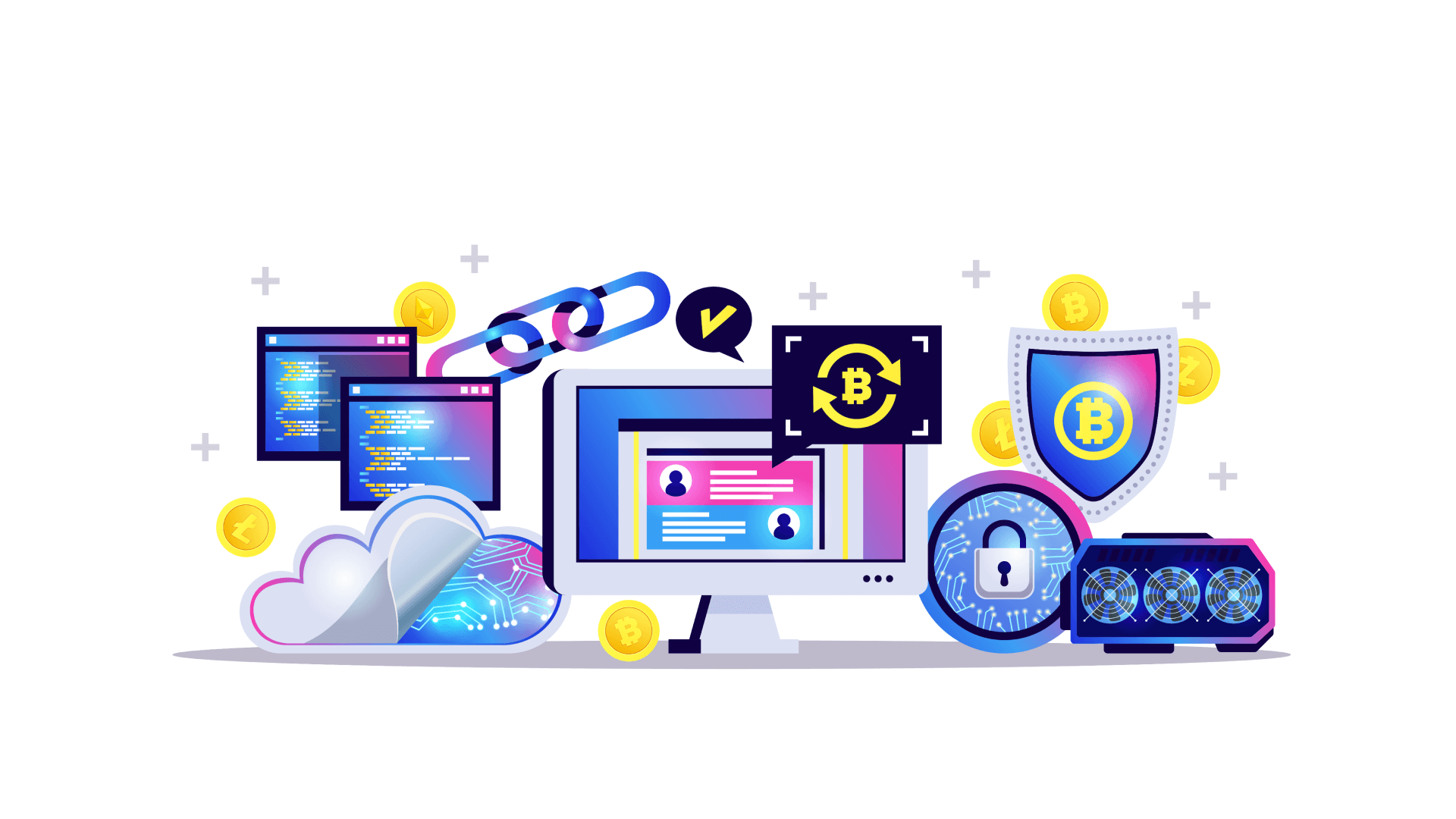
ICO development brought significant impact on the finances and technologies landscape as an entirely new phenomenon. However, authorities were not fully equipped for regulating this novel capital-raising method, so currently, these rules differ from one country to another.
Such confusion in jurisdictions turned into a need to study regulatory frameworks deeply before conducting fundraising. Legal issues arise around nonfungible tokens, too, but that is a different story. With ICO, while some European countries, for example, France, are thinking of compiling new patterns for token issuances, other countries like China and South Korea banned ICO development completely. The USA has chosen to regulate an ICO by existing framework for "financial instruments" while creating a new framework for this case. At the same time, Japan qualified initial coin offering as "payment services" and required to follow the same regulations.
Nevertheless, Australia, Hong Kong, UAE, and New Zealand have already published clear protocols governing ICO development, making offerings more attractive.
As you can see, approaches vary among jurisdictions, which creates a necessity of learning your particular case thoroughly or hiring specialists with broad expertise on this topic.
What Is Initial Coin Offering Whitepaper and Why Does It Matter?
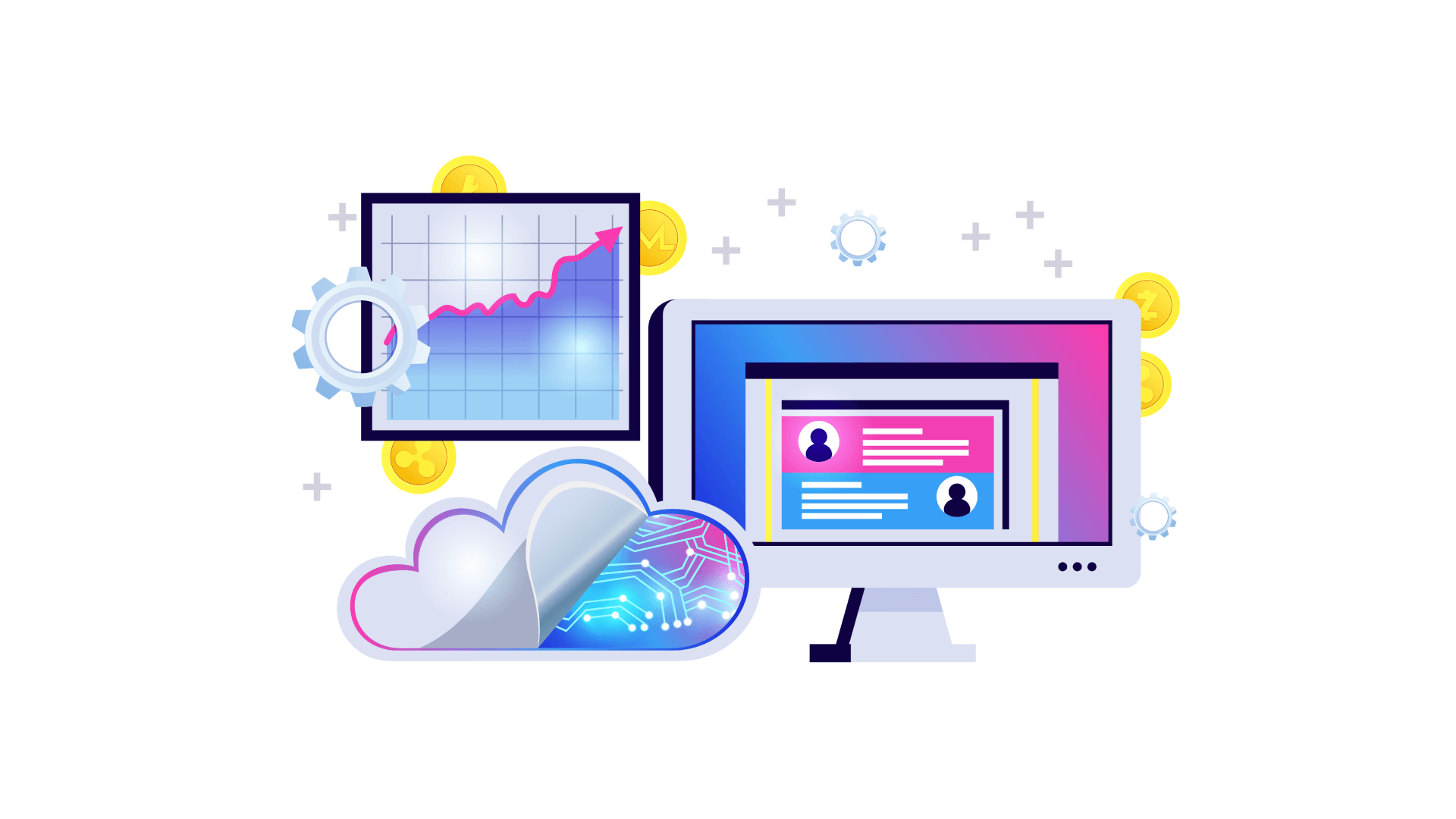
Whether you succeed in ICO development depends upon many factors. One of the must-haves is a whitepaper. It is an official document, a primary public tool that provides stakeholders with necessary information about your venture.
Mainly, in a whitepaper, you describe the project's aspects, mission/vision, objectives, intended funds use, target audience, roadmap including critical milestones, the team, timetable for a token sale, and other practical details. It is better to always keep in mind that a whitepaper is a business document with a number of criteria, but not an essay or research. Of course, if we talk about ICOs for IT startups, this business plan includes technology descriptions of your project. Nevertheless, ICO development is not limited to technology projects and is also used by different companies for raising external capital.
If you are up for running ICO, the importance of this business document is major because coin offering begins from the moment the firm publishes this document. You can post it on ICO listing sites or your project's webpage. The main goals of a whitepaper are advertising your token and providing potential investors with necessary information.
However, publishing a whitepaper is not the only way for declaring your startup to stakeholders. Projects typically advertise themselves or are being discussed on different social media communities, and below we tell you more about it.
Therefore, this document covers information that is usually shown in a business plan, so it is a good idea to hire an experienced ICO development company for this job. A whitepaper aims at making potential investors trust you and believe in your project. Because, in fact, there are no standard formats for this document and whitepaper published voluntarily without legal or exchange-related necessity thus issuing firms often do not reveal much information like contact address or other. Also, the blueprint content and structure differ since there is no active underwriter or roadshow for investors.
Whether you seek experts in whitepaper developing or preparing to launch an ICO business plan yourself, you should be aware of several pros and cons of the initial coin offering process to make an informed decision.
You Name the Idea, We Bring It to Life!
Contact us right away to know how our pros can transform your business with custom software development services.
Contact Us
Pros and Cons of an ICO
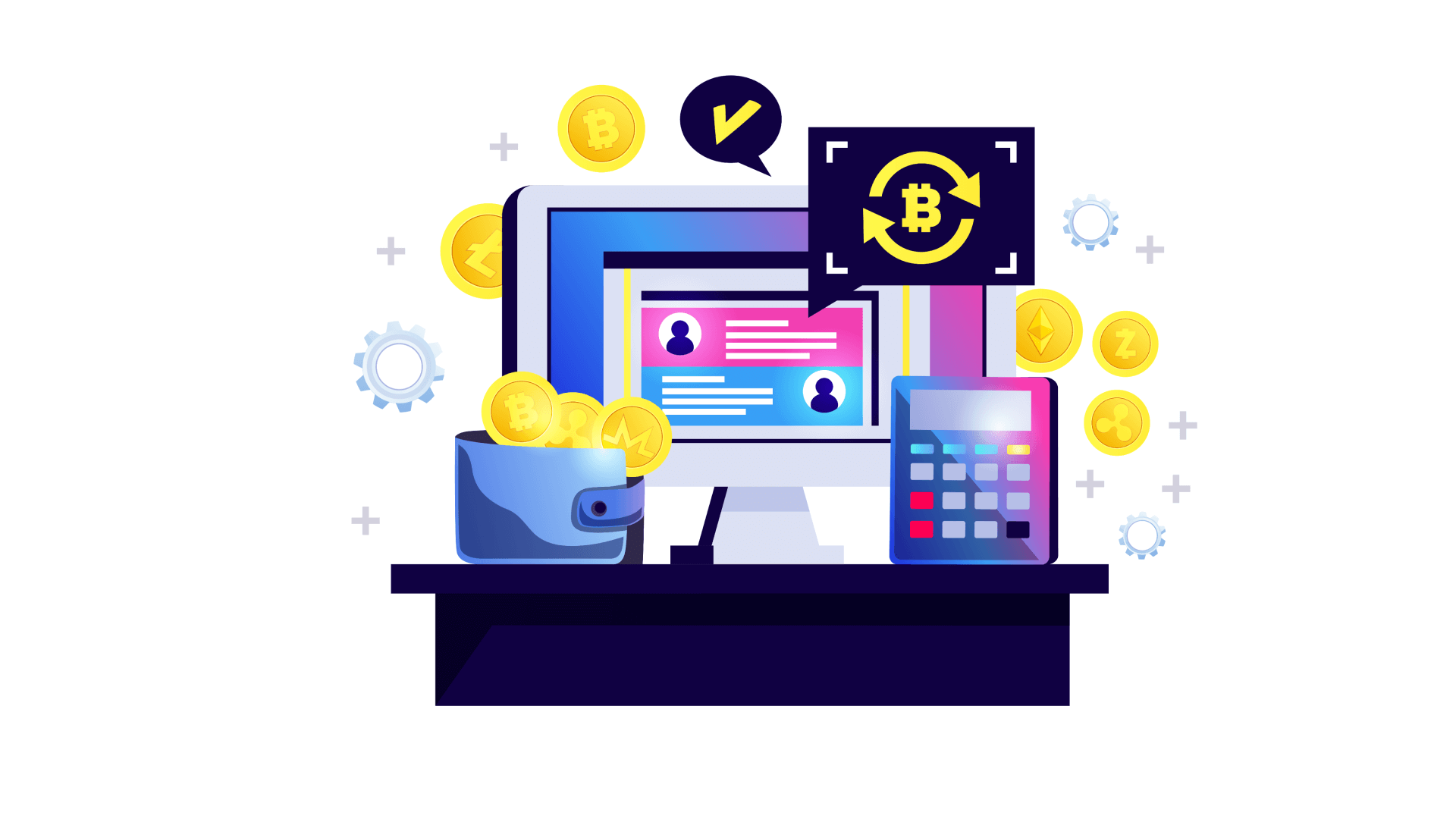
Before choosing ICO development services, it is great to learn its advantages and disadvantages. The perks cover the following:
- You can sell tokens globally. Investors can participate in ICO worldwide; thus, everyone can invest in a new asset. Equity sales operations, for instance, are more challenging because a bank can freeze dozens of transfers made within a minute or so. Launching an ICO is different, and anyone can do operations with cryptocurrencies at any time. You can gather capital through ICOs from anywhere you are placed.
- You have fewer barriers to entry. If we talk about traditional fundraising equity sales, there are more regulations, but an ICO launch works simpler since attendees do not have any net worth limitation. So if you look from that side, more individuals can take part in it. For example, 100% of the US adult population can participate in initial coin offerings. Moreover, most buyers are anonymous.
- You don't need a third party. This is an advantage of the whole blockchain network and related services. There are no intermediaries between consumers and traders of assets. You can sell cryptocurrency immediately after creation and launching. So participating in ICO becomes simple with a need to choose the desired currency to buy and wait for the launching, making this process highly efficient for companies. ICOs can be open to everyone if initial coin offerings accept cryptocurrencies and require stakeholders to send funds when it is time to buy assets.
- Investing in promising offerings is an excellent way to save or secure your digital currency. Often, crypto holders are not interested in using their wealth in traditional methods but want to accumulate its value, and this tendency makes initial coin offerings worthy for stakeholders. Your essential job is to show how your investors can gain profit from it.
- Token economy liquidity premium means that a token has a value during a sale in an ICO. It allows token holders to participate in new initial coin offerings with the same amount of assets.
Now when you know ICO development benefits, let us talk about possible stepbacks.
- At large, there is plenty of scam ICOs. Companies are not obliged to fulfill many requirements; thus, decision-making can be risky. For example, fraud companies can present uneven ICOs, and it is a significant drawback for investors and creates difficulties for companies in gaining trust.
- Regulators' intervention can become a massive headache since the authorities are still creating a stable regulating scheme, and for now, many unexpected obstacles happen on the decentralized landscape. Recent SEC actions show that authorities have an eye for ICO processes.
- Often ICOs have a low-profit rate. On the one hand, if the ICO development is successful, investors get high returns. Still, on the other hand, if a project fails, stakeholders may not obtain promised facilities. Moreover, tokens that are issued during initial coin offerings become worthless. The low expertise of ICO developers usually causes all these problems. So it is essential to hire an experienced team that can meet all the market demands.
Now you get a clue that it is crucial for investors to study a whitepaper and do their own research responsibly. At the same time, teams that provide ICO development services have to carefully think through project ideas and make ICO whitepaper with honesty and deep knowledge of the process.
Steps to Launching an ICO
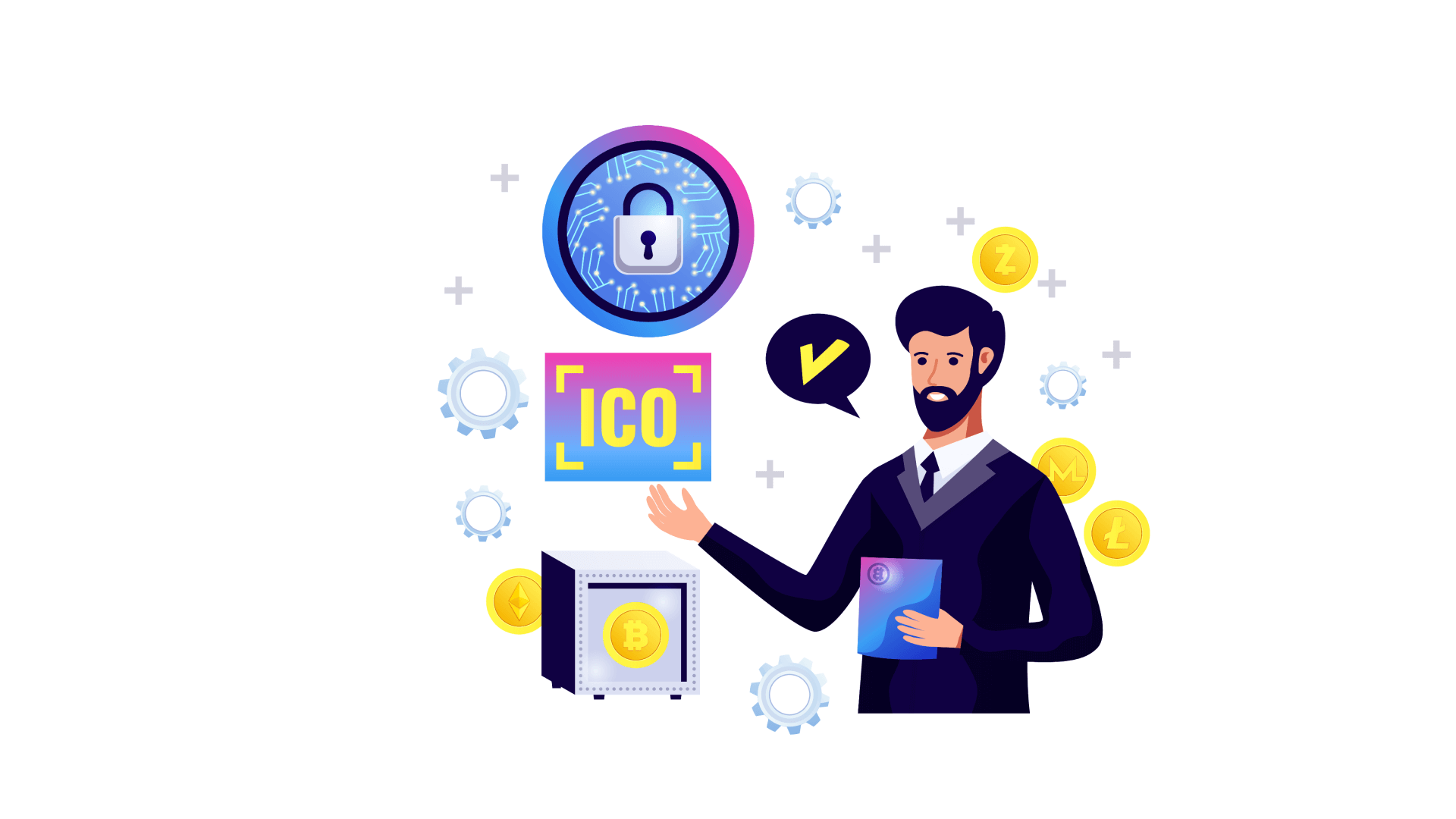
We assume you have already decided to start running ICO, and you are curious about the steps you need to take for it. Potentially, you can raise capital in a few months. But before showing you a guideline, think once more about how your project will solve customer pain points that no one can but you. Your token should merge with your product and thus contribute to the blockchain community at large.
Often companies and ICO developers choose initial coin offerings for their simplicity and time-saving pace. However, it is crucial to handle development steps correctly to get the most out of this process.
1. ICO Team and Advisors Structure
For starting the ICO design process, you need a well-qualified team to work with. On average, there are from six to nine team members in the initial coin offering projects.
Mainly, we can separate the team composition into two parts: ICO developers and advisors.
- ICO developers who will build your product must have high expertise in smart contracts and blockchain overall.
- Advisors are digital currency experts on one hand and experts in your projects industry on the other hand. Typically, they are founders of successful blockchain-based projects or individuals with a trustworthy reputation in a community.
2. ICO Development Roadmap Creation
A thoroughly developed product roadmap helps investors see how your product can take off and bring them profit. So a product roadmap is a crucial step for your token sale.
Even if your project is ambitious and requires substantial funding in any phase, you should ensure that your investors can check your team's work in a matter of clicks. Investors may monitor how often your ICO developers commit a code to different source code repositories aka GitHub.
A quality product roadmap must show that you can take your idea and convert it into a real-world solution that generates profit.
3. Market Research and Planning
Before launching an ICO development, you need to thoroughly analyze the market demand and design your business model. Also, it is crucial to consider how well you can integrate your idea into a crypto ecosystem.
ICO development company experts are researching the project's potentials, its technical abilities, and evaluating how it can be helpful to investors and the community at large.
If you are sure that your project will work, it is a great idea to present it in the market through multiple platforms to get specific feedback and interest investors.
4. Whitepaper Drafting
Whitepaper answers all questions about ICO development services you are going to deliver and contains accurate information regarding:
- Pain or a problem that users have
- Your product and solution it provides
- An initial coin offering description, including token details
- Your token commercial applications
- The technical side of your project
- Product roadmap and project timeline
- Information about your team and company mentioning specific skills and experience
- Future perspectives of your token and its features
- How you will use funds
- Token price on different stages
- Current users if you got any
- And more
Typically, it takes around 25-35 pages. It is best to balance the technical and non-technical language for writing your whitepaper.
5. Website for Launching an ICO
It is crucial to make an easy-to-navigate and captivating website for presenting your ICO development. To capture potential investors' attention, it must contain relevant information described convincingly.
Also, it can be a good idea to hire an ICO software development company to apply the best UI/UX design solutions so as to ensure an attractive and clear website design for your ICO launch.
6. ICO Promotion and Community Support
To make the best out of ICO development, you should efficiently promote your venture and gain community support. Time-tested promotional activities you should keep in mind:
- Firstly, social media presence on platforms such as LinkedIn, Facebook, and Twitter is a must and a default rule for every online business, especially if we talk about decentralized ones.
- Additionally, use public channels or groups on Slack, Discord, and especially Telegram to communicate with your supporters. Why does Telegram stand out? This messaging app showed itself as a powerful ICO marketing platform.
- If you want to attract tech-savvy investors, they will expect your presence on Reddit, blockchain, and DeFi forums like BitcoinTalk or others.
- Moreover, you need to use one of the top ICO development company tools, which is an initial coin offering listing. These sites show active, past, future ICOs. All you must do is choose relevant websites for this matter.
- Last but not least are conferences, exhibitions, and interviews where you can present your initial coin offering. Furthermore, you can take advantage of these events and make valuable connections with teams that deliver ICO development services, industry specialists, or advisors who can become a part of your advisory boards.
Each of these elements completes a good marketing strategy to spread the word so that potential investors could discover your offering.
7. Choosing Token Sales Model
The next stage is to create an ICO token and pick its sales model. Let's take a look at the main ones in more detail.
- Soft and hard caps are the minimum and maximum amounts that your ICO must raise before ending. You can show it through numbers of raised or sold tokens and set caps before you start an offering.
- Hidden caps are another option where caps can be hard or soft, but investors cannot know your capitalization until allocations end.
- An uncapped model with a fixed rate makes no limitation on the number of participants or raised amount. Also, the duration of an initial coin offering has no limits, and the token-to-cryptocurrency exchange ratio is fixed.
- A capped model with a fixed rate means that the offering duration goes several months and is limited. Same as in the previous model, the token-to-cryptocurrency exchange ratio is fixed, and a basic rule for tokens offering is first-come-first-serve. Furthermore, there is a limit on the number of tokens available for sale.
- Dutch auction and its reverse option: In a Dutch Auction, you use a smart contract to count the token price after receiving all bids and prioritize the highest bids. The reverse method for this auction starts with a high token price and cap, which declines each day the sale runs or for every mined block. When caps are reached, you end this sale.
- A hybrid method is when you are trying to mix sales models. Since the idea of ICO is relatively new, companies keep innovating token sales models to find the best way to create an ICO token.
Mainly you need to consider token sales methods for wider distribution of tokens for quality users. But as long as you research how to create an ICO token, you can see that it will be better if you don't overcomplicate your token sales model so as not to cause the revolt of your supporters.
8. Developing Smart Contract
In the science of how to create an ICO token for its distribution, it is necessary to establish a smart contract, so asset holders will be able to handle, transfer, sell tokens, and more. Also, it is connected to your token wallet.
There are fungible and nonfungible tokens in blockchain networks. Still, the industry standard for ICO services is fungible ERC-20 token because its specifications have the necessary parameters for a smart contract that we need here.
An ICO software development company should conduct a proper audit of a smart contract to ensure its security and functionality. You should consider checking it before deploying assets to the Ethereum blockchain. Moreover, it is a great option to offer bounties for reported bugs to your audience.
9. Establish Your Digital Wallet
Of course, you need to develop your cryptocurrency wallet. It is necessary for receiving, sending, or storing initial coin offering assets. The best idea is to hire an ICO software development company with solid expertise in this domain.
10. ICO Post-Sale
After you complete an ICO token development, your asset becomes available for sale or exchange. Now sale attendies can exchange their fiat currency for ICO tokens or coins.
So if your ICO development went successfully, it is time to make your idea real. As mentioned in this article, your post-sale job is to deliver your promises to contributors and the community. Also, remember to keep on connecting with an audience that helped you create an ICO. Their loyalty will be beneficial for your company in the future.
11. Listing on Exchange Platforms
Putting your tokens or coins on cryptocurrency exchange platforms is an essential part of ICO development and marketing. These systems allow for exchanging one asset to another based on their market value.
To enable trading, you need to choose popular and reliable platforms like Binance and GDAX. Most cryptocurrency exchanges will typically limit their users to only trade for assets within the digital system. Still, some of them allow trades between cryptocurrencies and fiat money. Kraken is an excellent example of such a trade platform.
Now you know the end-to-end steps to launching an ICO and running a booming campaign.
Empower Your Business with ICO Solutions
ICO development services on the pre-public commitment stage take around several months to a year. The post-public commitment stage takes around three months since it is the time of the actual crowdfunding process when investors send you the funds.
So, if you're into ICO development, don't hesitate to contact us today! Our experts will gladly help you with end-to-end ICO development services.
Source: https://opengeekslab.com/blog/ico-development/
Belum ada Komentar untuk "Is It Easy to Create an Ico"
Posting Komentar